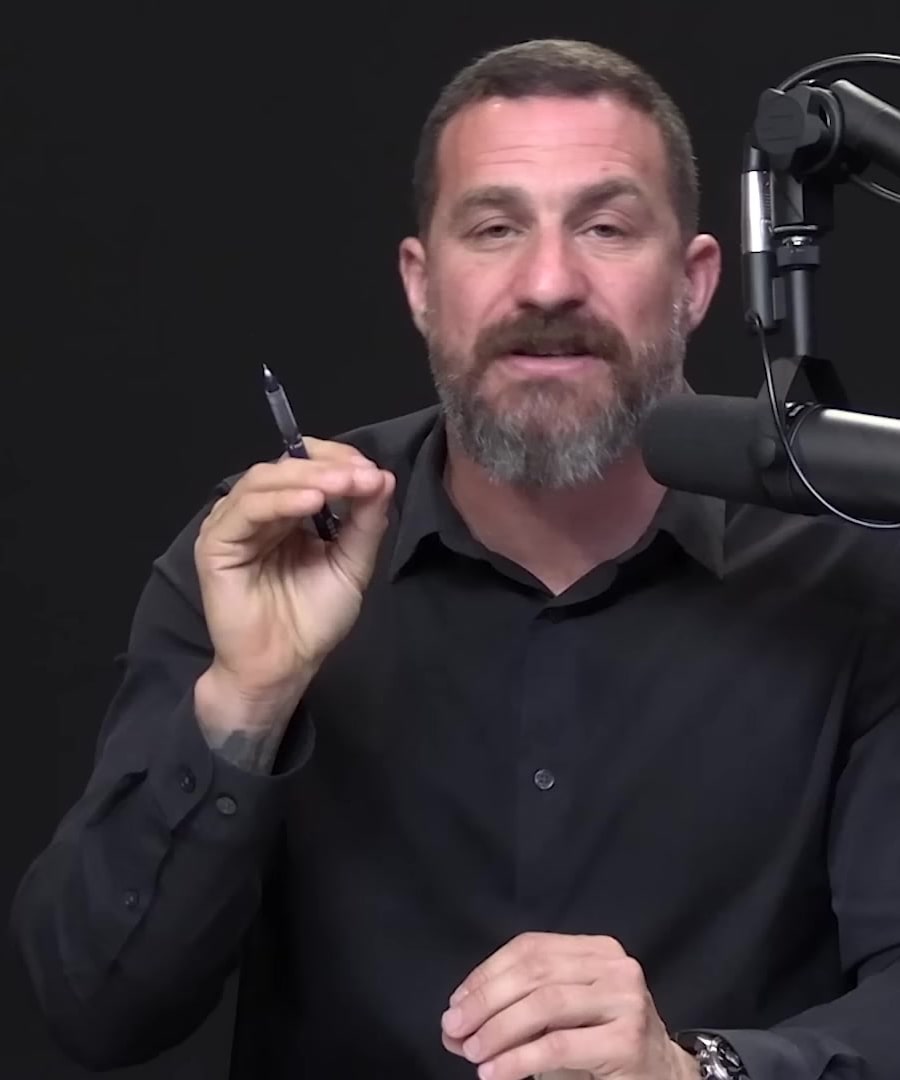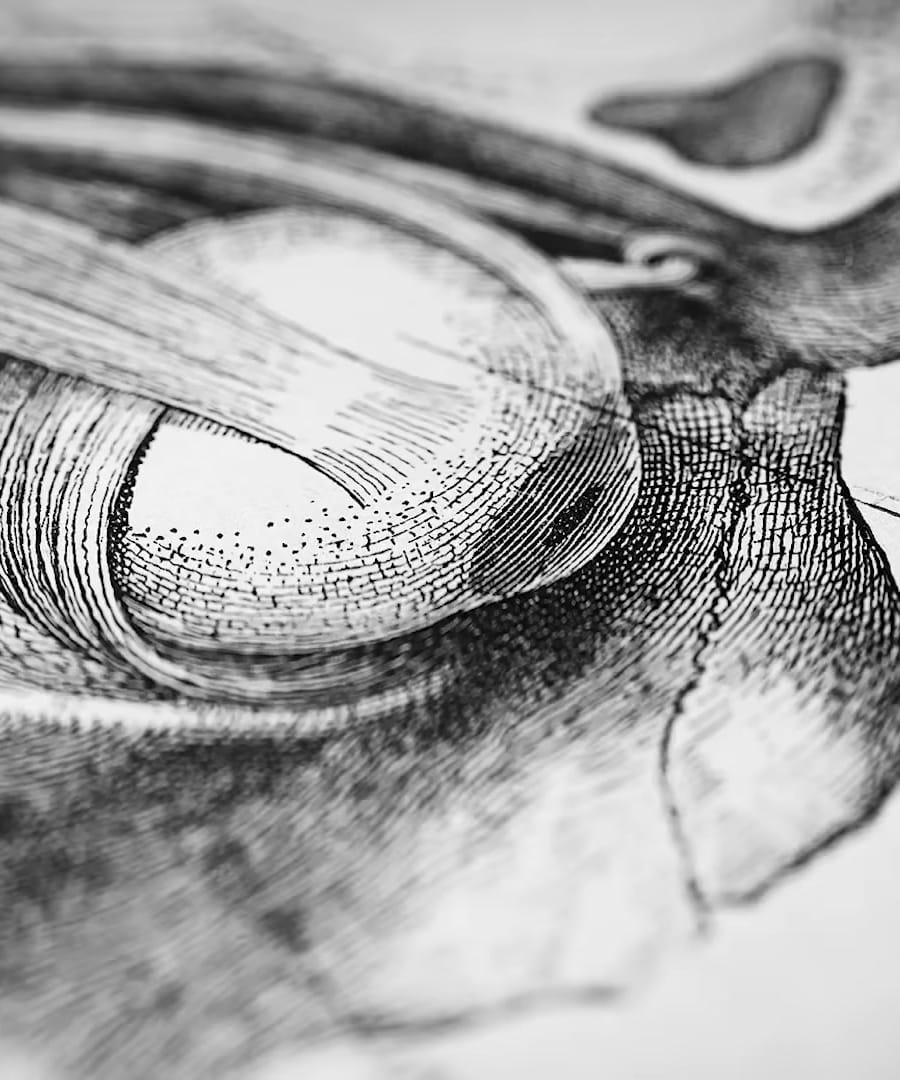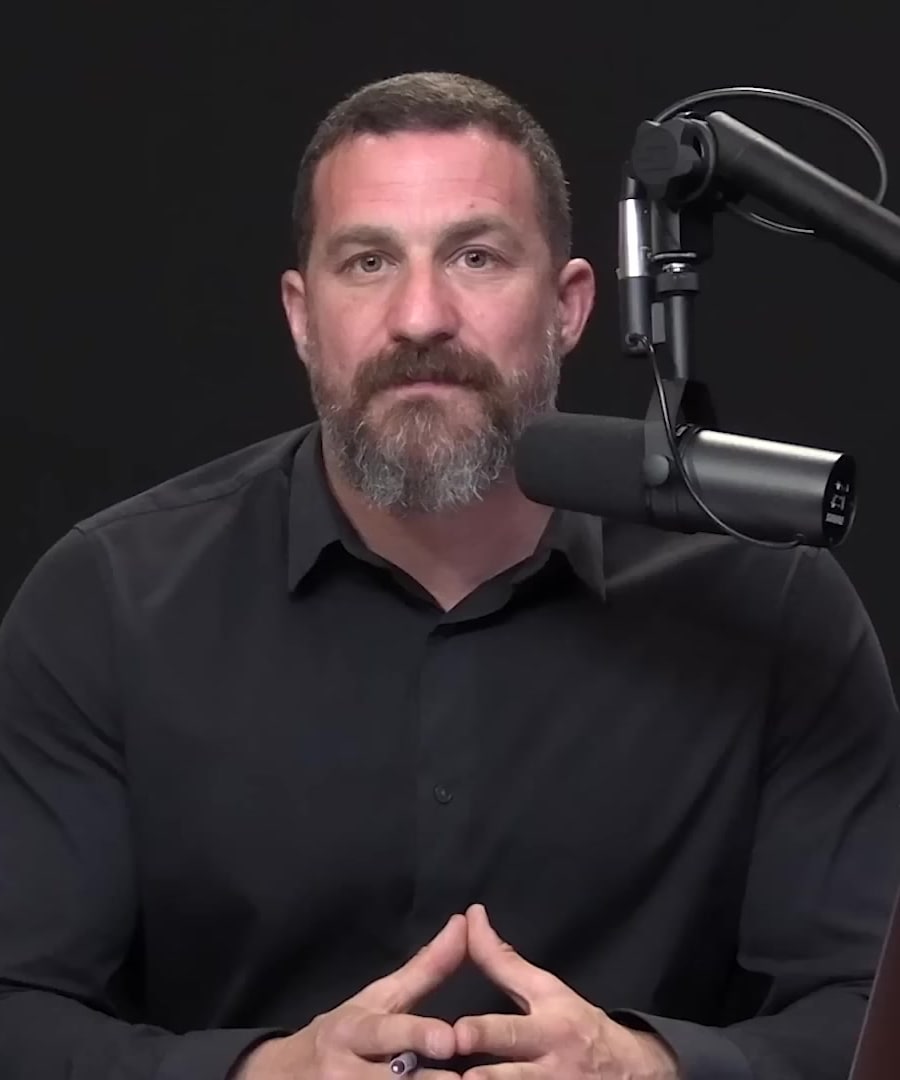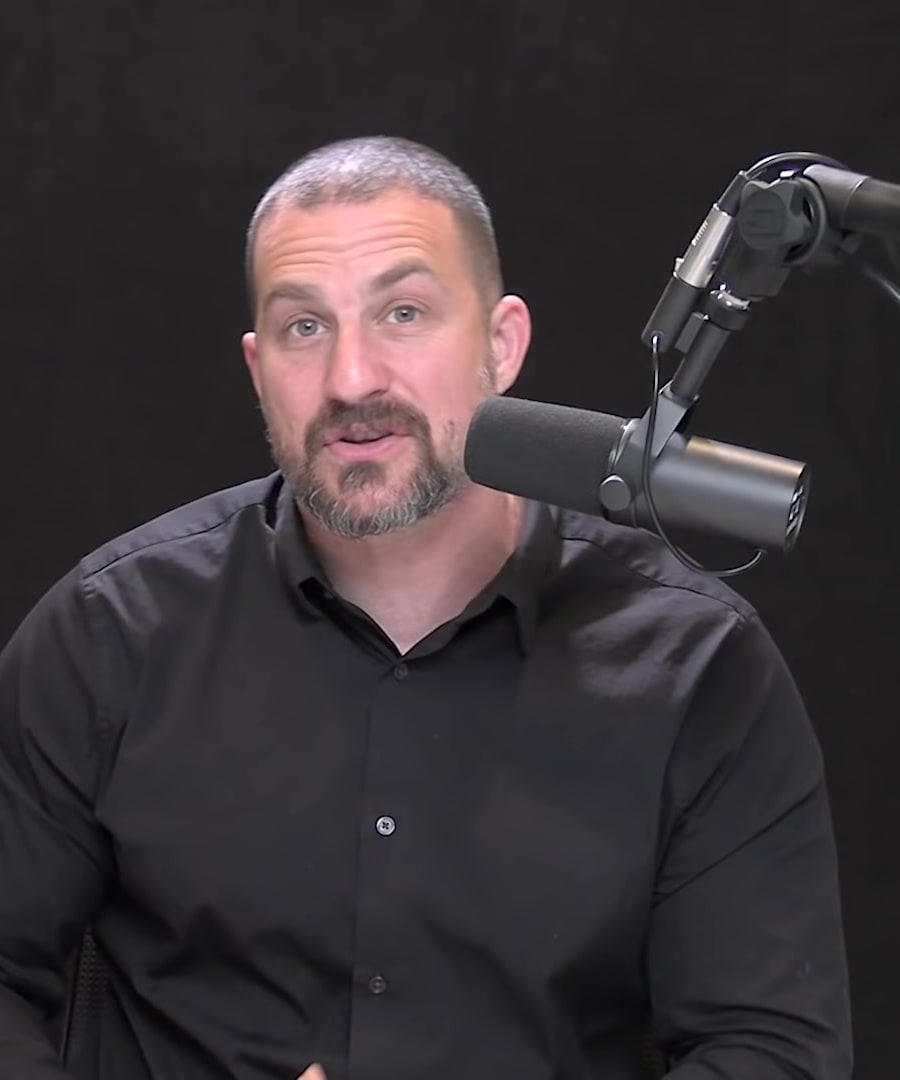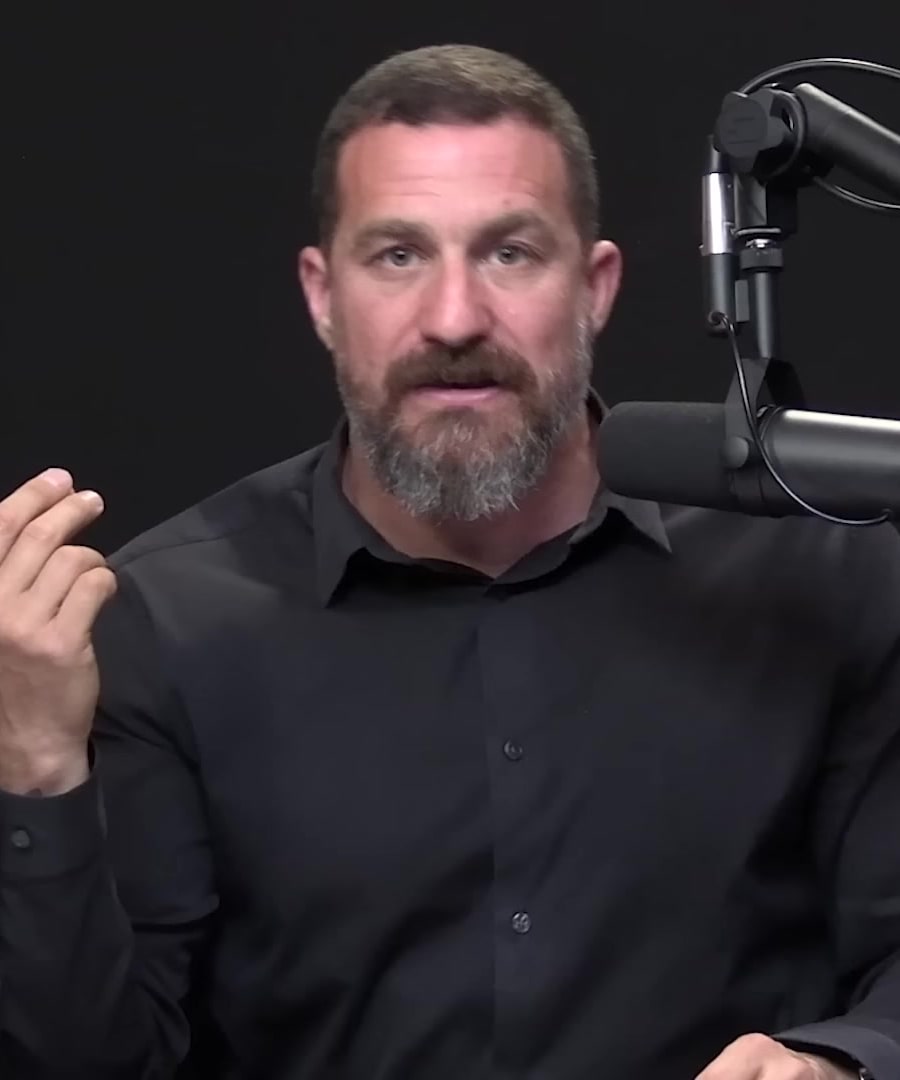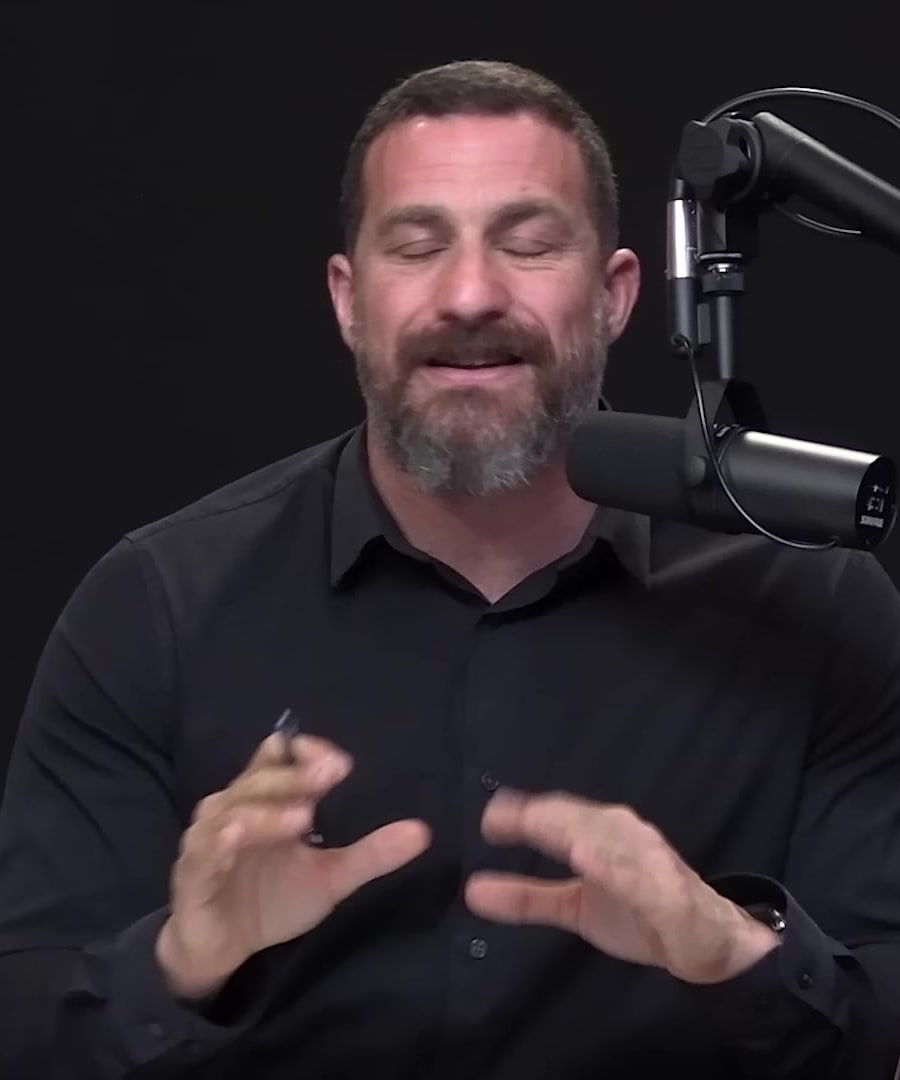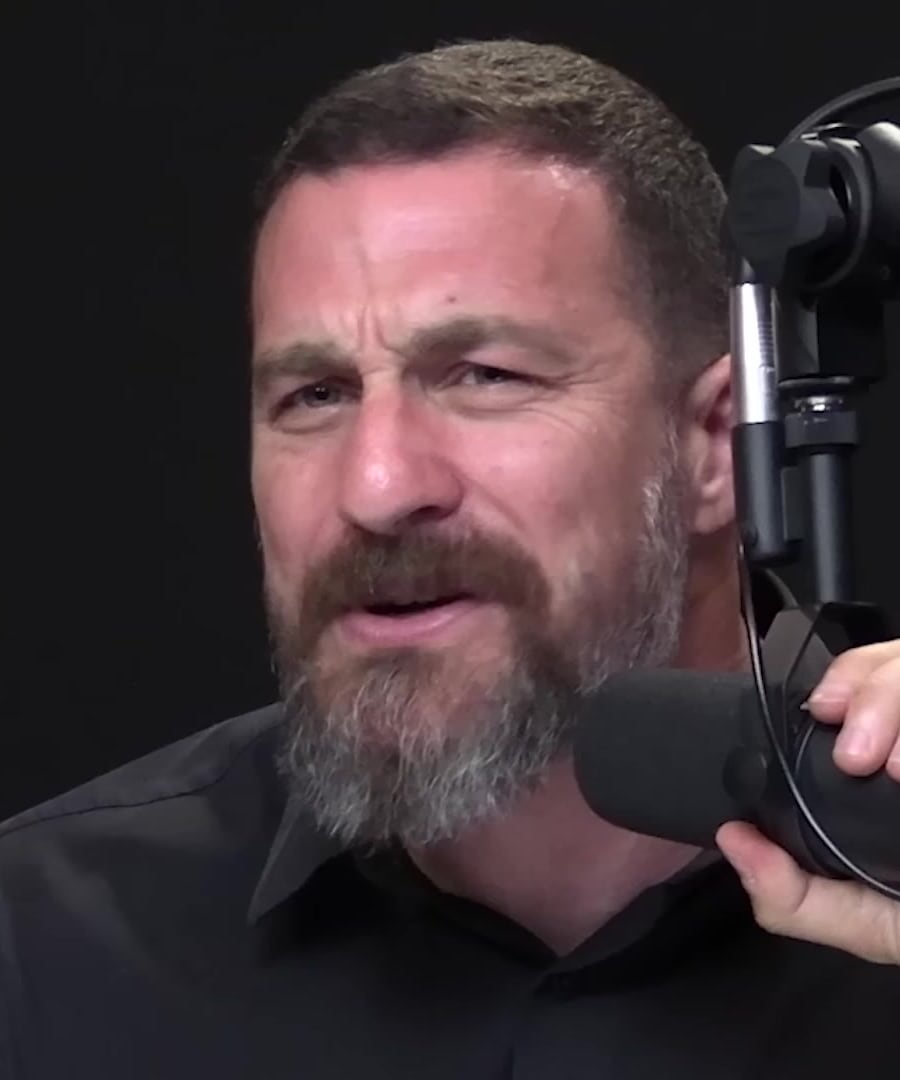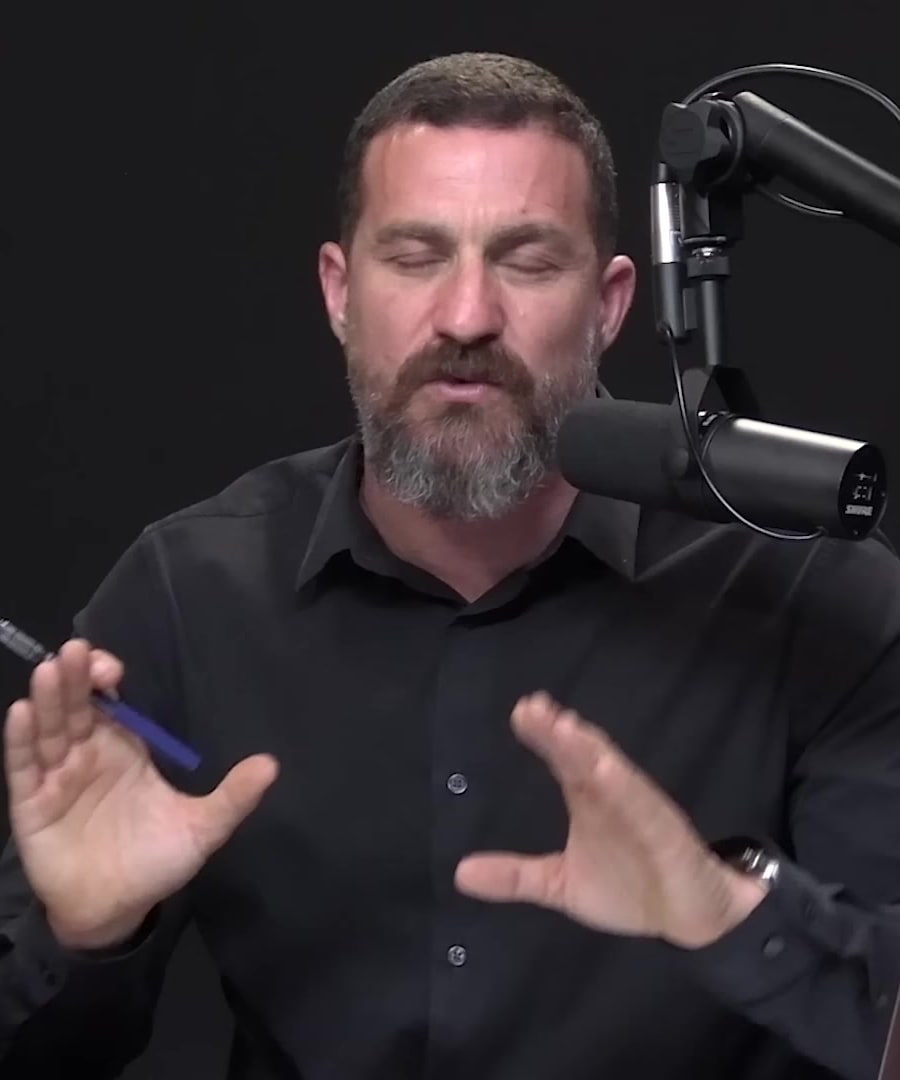What is hair biology?
Sources:
Hair biology involves understanding the cellular and molecular structures, growth cycles, and physiological processes related to hair growth and maintenance. has discussed various aspects of hair biology in the .
-
Melanin & Hair Color: Melanin, the pigment protein, gets injected into the hair's keratin, giving it color. People usually have some degree of melanin in their hair, but there are conditions like albinism where the hair lacks melanin and appears white. 1
-
Sebaceous Gland & Sebum: Each hair follicle is associated with a sebaceous gland that produces an oily substance called sebum. Sebum plays an important role in waterproofing the skin and providing antibacterial properties. 1
-
Stem Cells & Hair Follicles: Each hair has its own stem cell niche in the follicle which can give rise to hairs for varying durations. For example, the hair on the scalp can grow for several years, while eyebrow hair has a shorter growth period. The stem cell's activity influences the length of hair growth before it stops and the hair eventually falls out. 2
-
Psychological Impact: Changes in hair growth or hair color can cause significant psychological effects, including anxiety and depression, for many individuals. 3
-
Hormones & Hair: Hormones have a strong influence on hair growth. Dihydrotestosterone (DHT) binds to receptors on the scalp to promote hair loss and on the face to promote beard growth. Medications to prevent hair loss often target the hormones responsible for hair loss. 4
-
Phases of Hair Growth: There are three phases of hair growth: antigen (growth phase), catogen (recession or breakdown phase), and telogen (rest phase). Hormones like DHT can affect these phases, shortening the growth phase and extending the breakdown and rest phases, impacting hair loss and growth. 5
-
Hair Stem Cells: Endogenous stem cells present in the hair follicles give rise to hair. They remain active throughout life and are critical for continuous hair growth. 6
-
Hair Regrowth Methods: Techniques like microneedling can stimulate hair regrowth by mechanically stimulating hair follicles and their associated stem cells, promoting them to reenter growth phases. 7
-
Hair Loss & Hormones: Androgen-related alopecia involves testosterone and its derivatives, like dihydrotestosterone, which can inhibit hair growth. 8
These clips cover multiple details about the biology of hair, from the structural components and growth phases to hormonal influences and regrowth techniques.
RELATED QUESTIONS-
